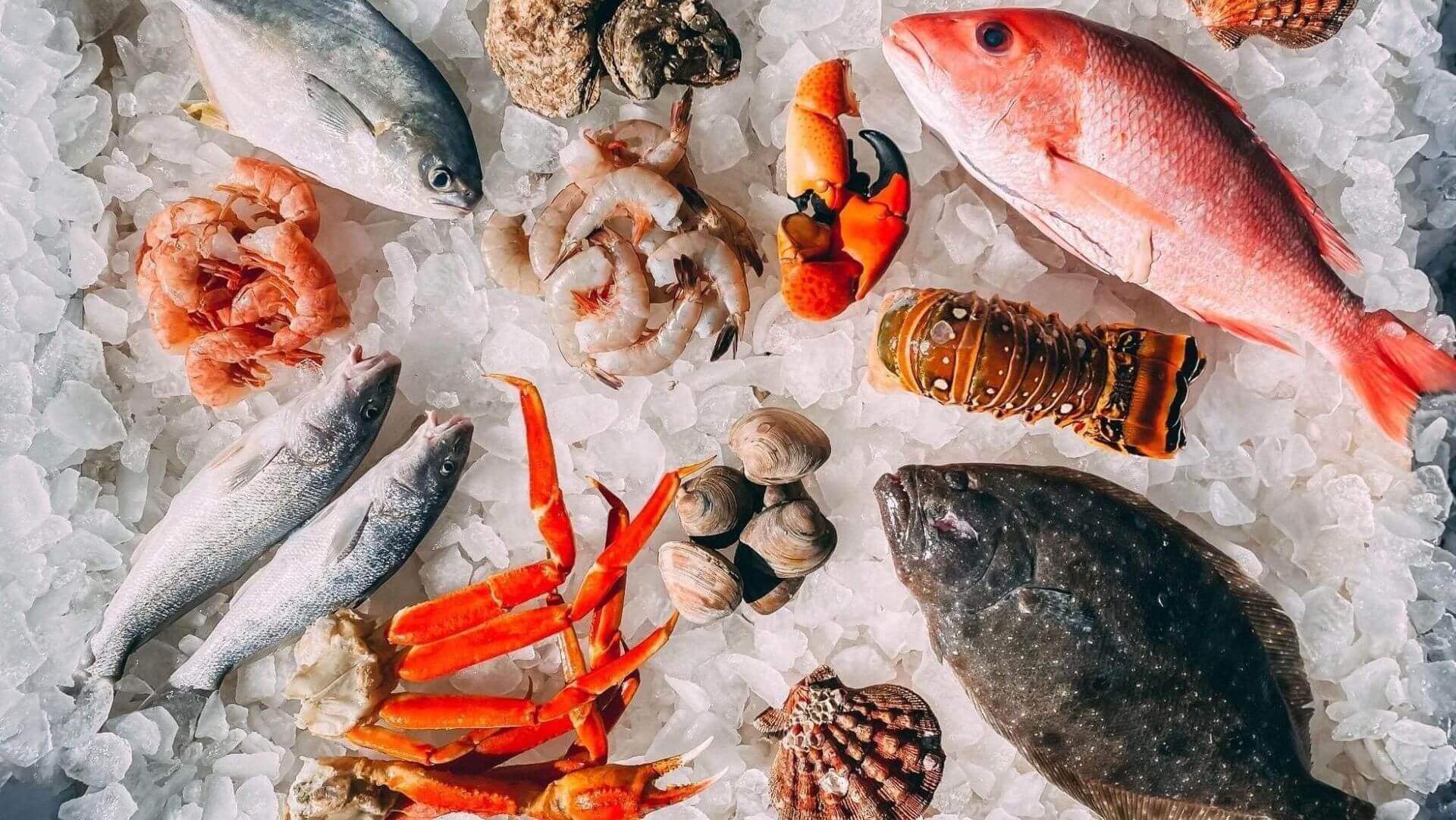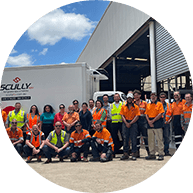
Summer is here – which means that it is more important than ever to make sure that you are transporting seafood safely and keeping it fresh for delivery. According to Australian Food Cold Chain Logistics Guidelines, contaminated food causes approximately 5.4 million cases of gastroenteritis in Australia each year, and poor cold chain management also leads to throwing approximately $872.5 million worth of fresh meat and fish out annually.
To prevent food illness, minimise waste and ensure that seafood reaches its destination in top shape, transporting fresh and frozen seafood requires all sorts of planning and guidelines. You can read more about these guidelines on page 58 of the Australian Standards.
Below are some of our top tips for transporting seafood safely during summer. Please note that the information in this post is general, and that the actual guidelines for your seafood transport will be set by your relevant manufacturers and producers.
Seafood Spoils Easily
All sorts of factors cause seafood spoilage and make it unsuitable for consumption, including light, oxygen, heat, humidity, temperature and bacteria. Spoiled seafood has an appearance that is different from its fresh form – it changes colour and texture and develops an unpleasant odour and taste. Seafood is more susceptible to microbial spoilage than meat because meat has a lower pH and is less moist – so it is essential that it is stored, handled and packaged correctly. If you ever suspect that seafood you are transporting has gone off, or that your storage has not met requirements, you need to tell your relevant contact as soon as possible and keep a record of the incident (we discuss record keeping in more detail below).
Seafood Transport Temperatures
Temperature is the most important factor controlling the speed at which seafood goes bad. The higher the temperature, the faster bacteria multiply. In general, chilled seafood should be kept at a temperature between 1°C and +4°C, and should never be warmer than +5°C. Australian guidelines recommend that chilled foods be kept at warmer than 0°C, so that the products don’t freeze and become damaged from ice crystal formation. Frozen seafood must be transported, stored and handled at temperatures never warmer than -18°C.
Keep Records
Record keeping is an essential part of the mandatory food safety plan requirements for food businesses throughout Australia. Each link in the Cold Chain must, record:
- The temperature of the food on receipt and how it was determined
- A temperature log of the environment in which the food is transported, stored or handled (e.g. the varied internal temperatures of refrigerated transport) and how that log was generated
- The temperature of the food on delivery and how it was determined
Personal Hygiene
All meat handlers and anyone in an area of business where meat and meat products are producers need to:
- Maintain a very high standard of personal cleanliness, and take all practical measures to ensure that their body and clothes do not contaminate meat products
- Wear washable, protective clothing that covers their hair and body
- Take all practicable measures to prevent unnecessary contact with ready-to-eat meat and meat products
- Not sneeze, blow or cough over exposed meat or meat products or surfaces likely to come into contact with meat or meat products
- And more – read more in the Australian Standards
Vehicle Requirements
Australian Standards sets out a range of guidelines in relation to seafood transport vehicle suitability. Australian guidelines require meat transport vehicles to be:
- Fit for purpose, hygienic, non-toxic, capable of withstanding repeated cleaning, and not a source of contamination
- Effectively cleaned and maintained
- Designed to prevent contamination from odours, smoke, dust and other environmental pollutants
- Operated under controlled temperature and environmental conditions that keep seafood safe
- And more – read all the guidelines in the Australian Standards
If you want a refrigerated vehicle that is customised to suit your requirements and compliant with all Australian standards, we can build one for you at Scully RSV – just get in touch with us for a chat.
If you want a refrigerated vehicle that is customised to suit your requirements and compliant with all Australian standards, we can build one for you at Scully RSV—just get in touch with us for a chat. We offer flexible hire and purchase options for refrigerated vehicles to meet your needs.
Got Questions About Seafood Transport?
If you have any questions about safe seafood transport, especially during the hot Australian summer, don’t hesitate to get in touch. At Scully RSV, we are one of Australia’s leading providers of compliant, safe and efficient food transport vehicles.

